Aitania is a village located in the Heraklion regional unit on the island of Crete, Greece. It falls under the municipality of Hersonissos and the Episkopi municipal unit. Situated 20 km from Heraklion, the village is built on a hill at an altitude of 255 meters, west of Episkopi and east of the Karteros River.
History
The name Aitania is believed to be a corruption of the ancient city of Diatonion, which was located between Knossos and Lyttos. The earliest recorded mention of the settlement is found in a Venetian document from 1212, where Aitania is referred to as “Icania,” a property of the Santa Maria del Sinai Monastery. The Venetian census of 1583 lists it as “Itagnia Cato” with 112 inhabitants and “Itagnia Apano” with 85 inhabitants.
On October 12, 1856, a major earthquake with a magnitude of 8.2 struck Crete, causing significant damage and resulting in the death of 40 people in Aitania. The region is prone to seismic activity, and the village has suffered damage from earthquakes throughout its history, notably on February 14, 1930.
Archaeological Findings
In 1954, archaeologist N. Platon excavated a small, cave-like carved tomb west of Aitania at a site called “Fonias.” The tomb contained approximately thirty Geometric period vessels, which are now housed in the Heraklion Archaeological Museum. One notable find is an intact amphora with a palm tree motif, symbolizing the belief in the continuous regeneration of life and the sacredness of life after death.
Points of Interest
-
Panagia Kardiotissa: This small Byzantine church, dedicated to the Nativity of the Theotokos, is located at the entrance of the village on a hilltop with panoramic views.
-
Agia Paraskevi: This small, picturesque chapel is situated south of the village on a rural road in an area surrounded by cypress and olive trees. It features well-preserved 14th-century frescoes.
-
Karteros-Aitania Gorge: This gorge, starting from Aitania, offers a scenic route with diverse flora and fauna, including rare plant and bird species. The path through the gorge features lush vegetation, caves, and streams.
Village Life
The village square is a central gathering point for residents and visitors, with traditional cafes offering Cretan food and raki under the shade of mulberry trees and oleanders. The Cultural Association of Aitania organizes a Cretan feast in the square every year on August 15th, the feast day of the Virgin Mary.
The main agricultural products of Aitania are raisins, olive oil, wine, table grapes, and fodder crops.
Village Key Points
- Location: Heraklion regional unit, Crete, Greece, 20 km from Heraklion.
- Historical Significance: Believed to be the site of the ancient city of Diatonion. Recorded history from at least 1212.
- Population: 211 (2021 census)
- Current Status: A small, active village with agricultural production and a focus on preserving its traditions.
Year |
Population |
Notes |
|---|---|---|
1583 |
197 |
as Itagnia Cato and Itagnia Apano combined |
1961 |
346 |
|
1971 |
324 |
|
1981 |
344 |
|
1991 |
328 |
|
2001 |
286 |
|
2011 |
280 |
|
2021 |
211 |













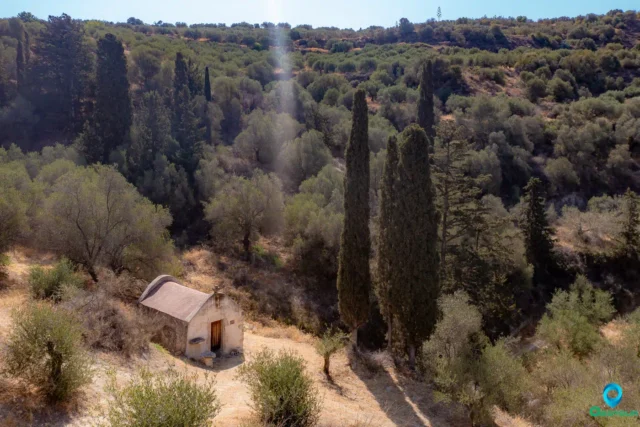



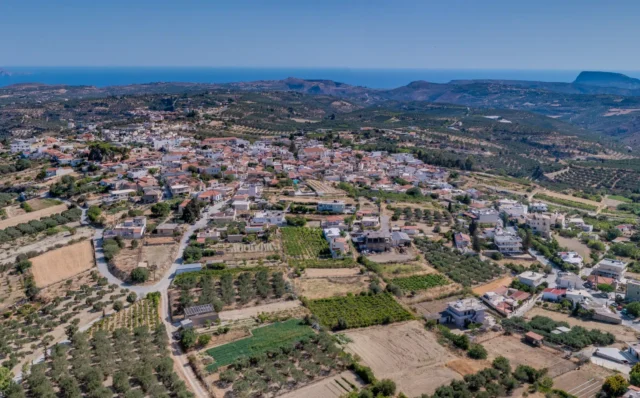

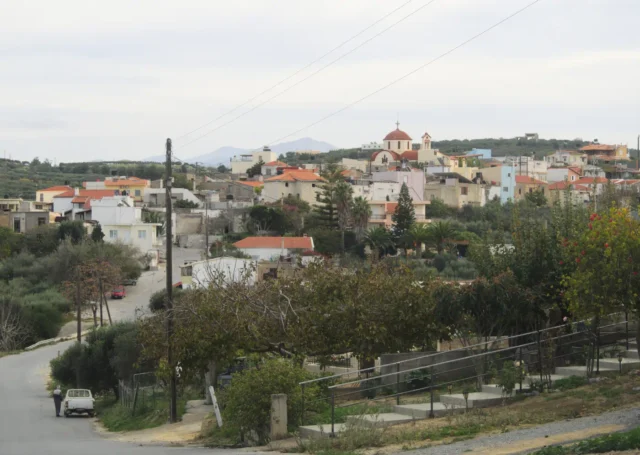
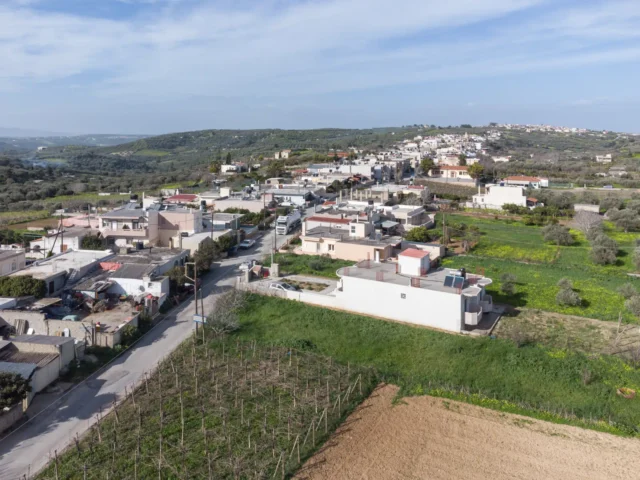



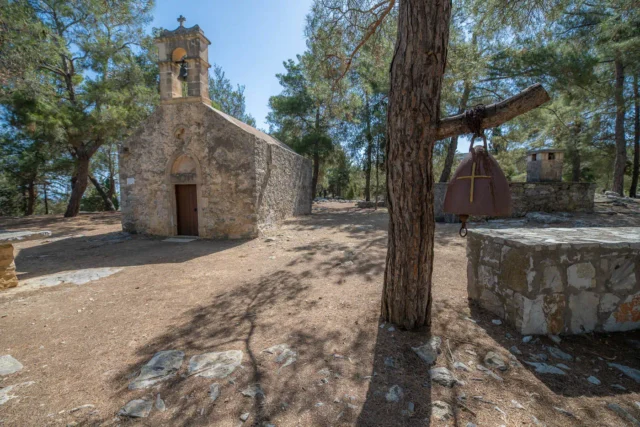
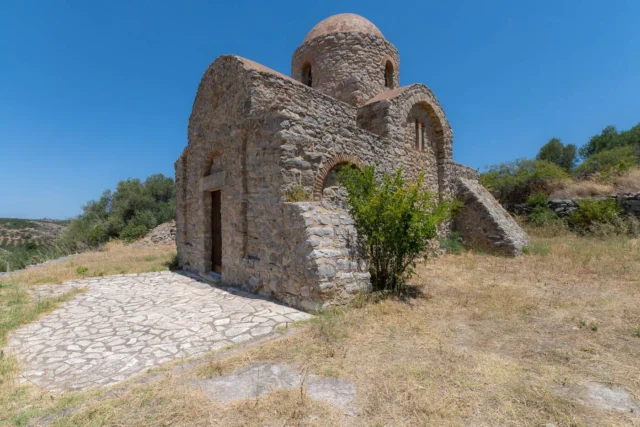
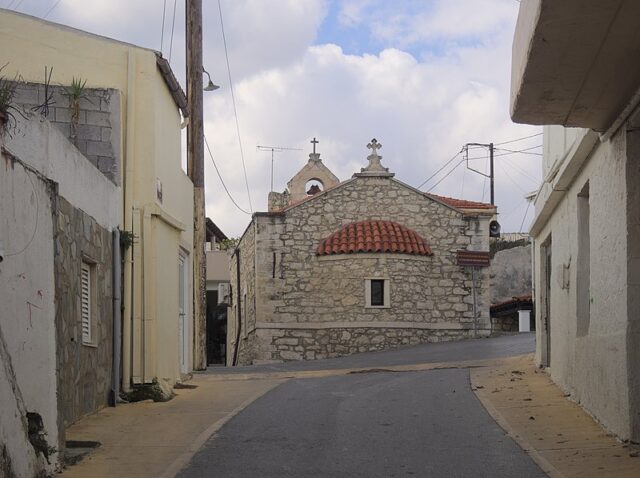

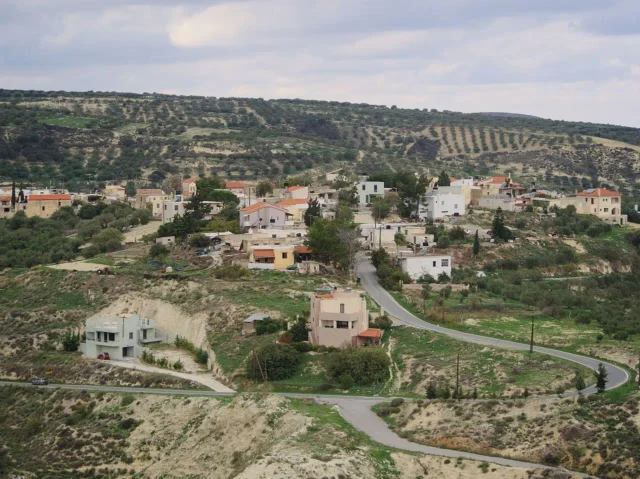
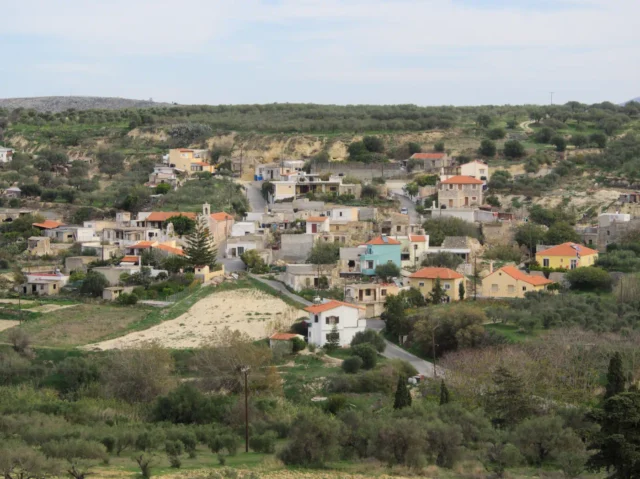
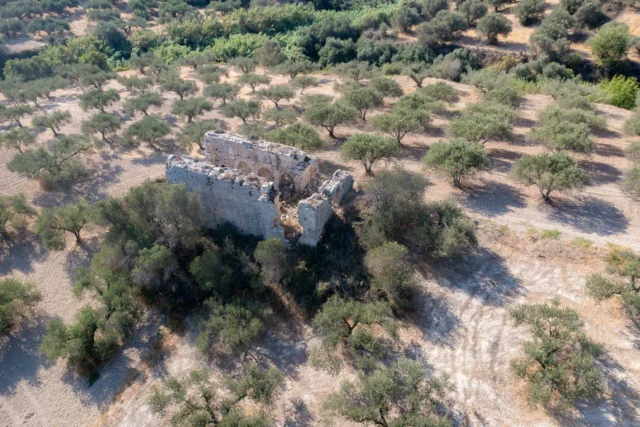
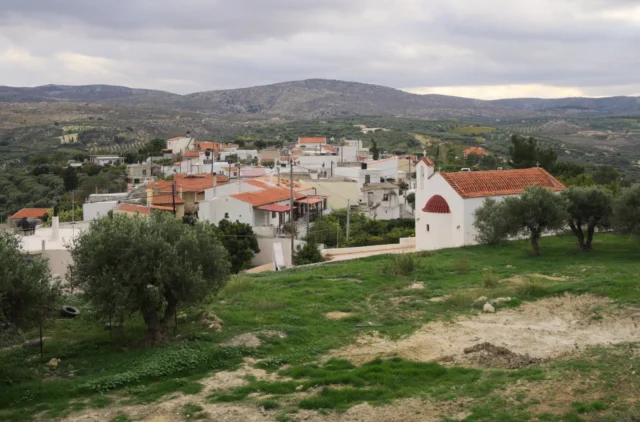


There are no comments yet.